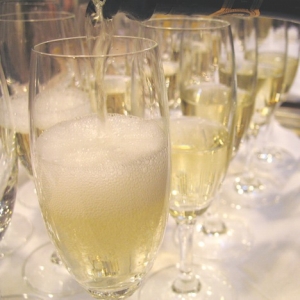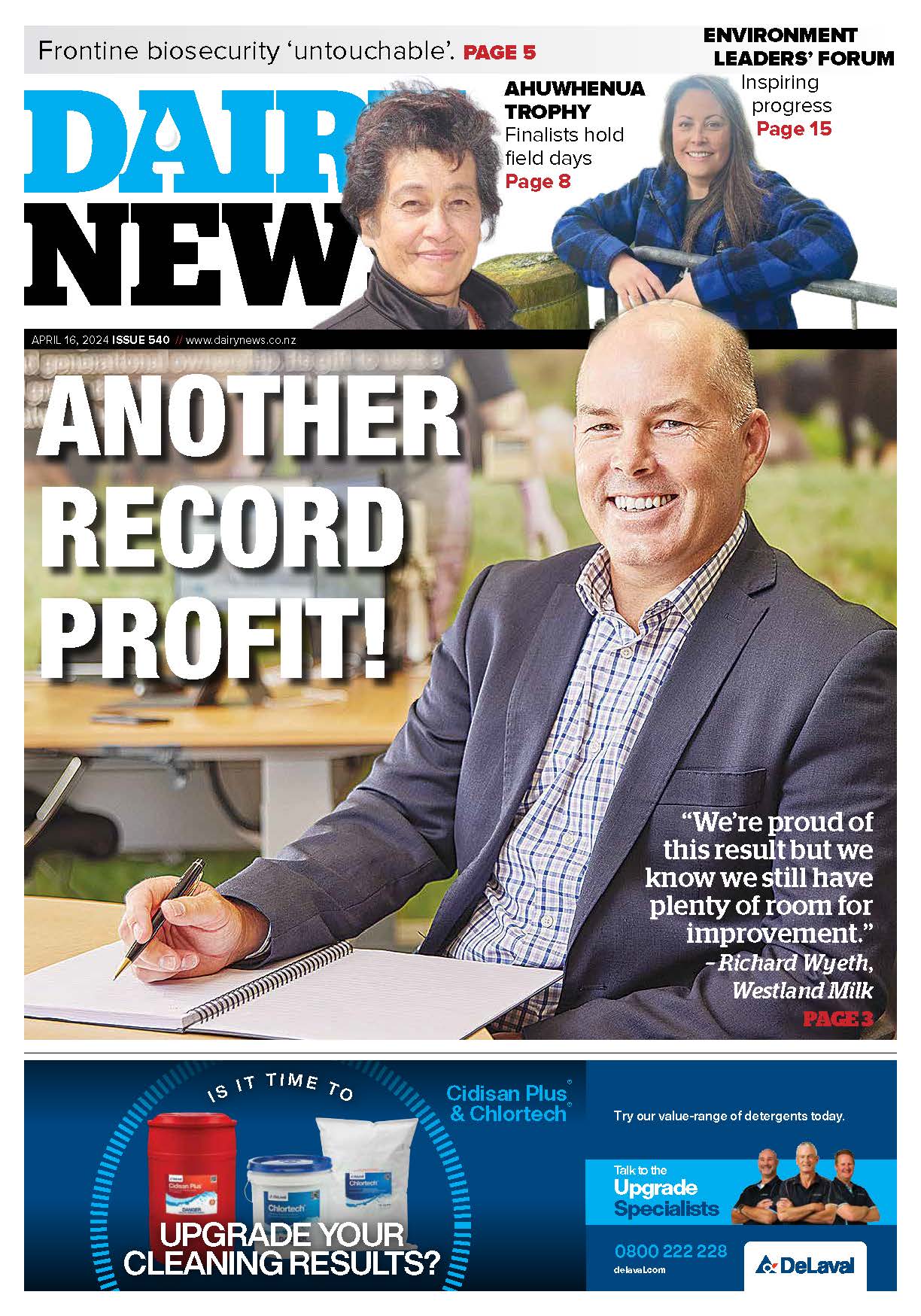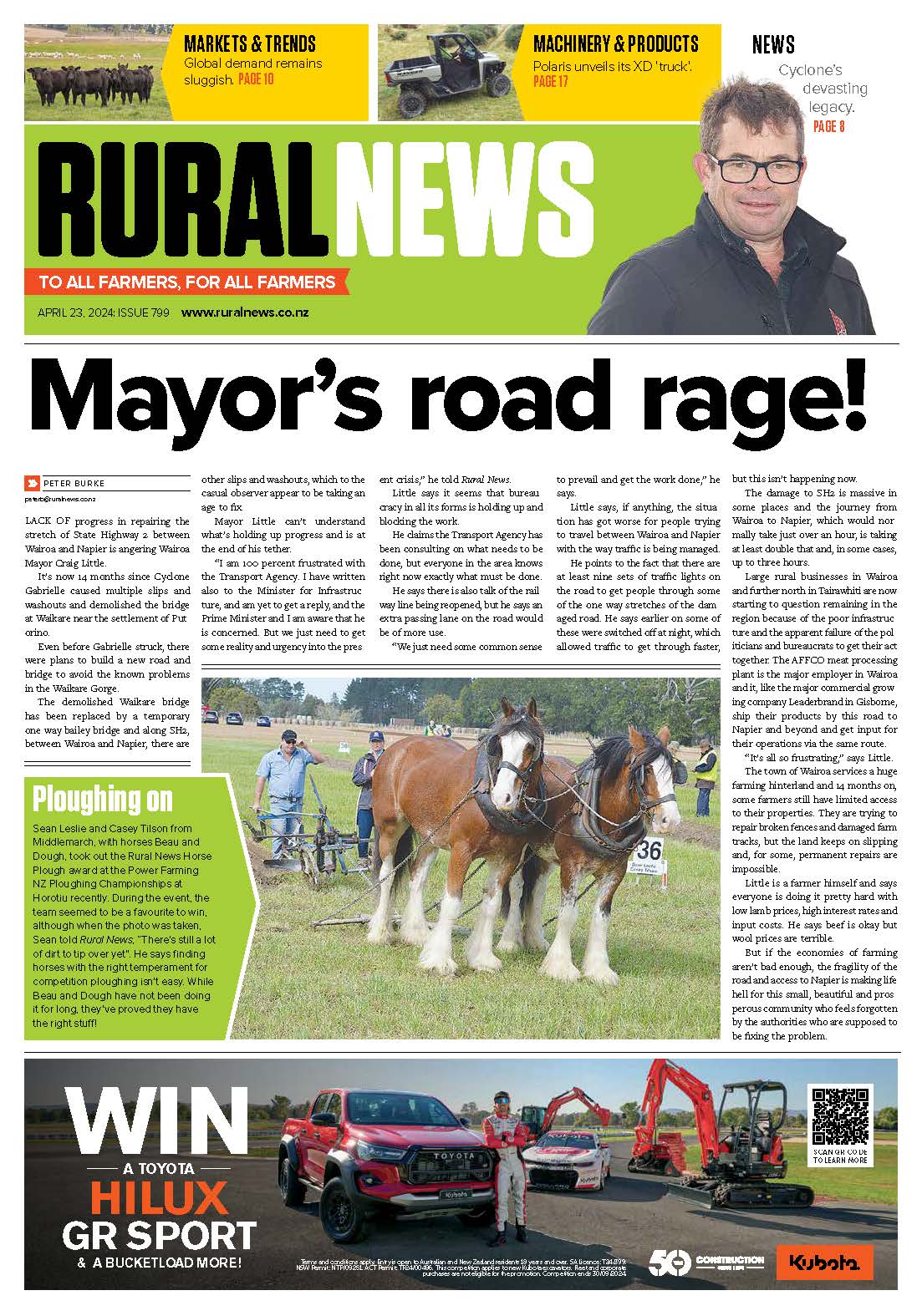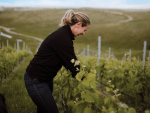Champagne listed at around $25 to $35 a glass is only really competing with other sparkling wines at the same or similar price point. Occasionally there is a promotion to generate sales or a rare still wine is opened for fun at $35 to $50 a glass. High quality wines like Pinot Noir, Chardonnay and Pinot Gris, riding high on the popularity wave and at price points of $9 to $18 a glass remain wine list ‘by the glass’ leaders.
A wine often sells because of its relative affordability. The usual price resistance thresholds for ‘by the glass’ wines are $10, $15 and $20 - the venue, target market and venue style will dictate the level. As the wine knowledge of the public expands, social media and smart phone Apps assist their willingness to try new and interesting ‘other’ wine styles increases. Champagne, at its higher price point, may slip down the sales graph on two levels – price and instant web reviews. New Zealand Methode Traditionnelle wines are not only growing in number they are bridging the gap on price point and for an increasing number of producers - the quality is outstanding. At a recent Wine Educators Conference tasting in Seattle the response to six New Zealand sparkling wines was overwhelmingly positive - “Where can I get this wine from” was a common post presentation question.
Knowledge is power. Selecting and promoting a reliable, cost effective sparkling wine section will mean Somms paying more attention to what is available on the market, regular staff tastings to gauge potential and special promotions that encourage more customers to participate. Staff may not push Champagne by the glass for example because of a lack of confidence in their ability to describe, or even open and pour it – and they may not be familiar with the characteristics of any or just a few. Champagne is arguably last on the list of staff tasting opportunities because of its high wholesale cost. Locally produced examples do however offer fabulous value.
I love Champagne, it is delicious, and I will always say yes to a glass and even a bottle when prompted. Others however still view it as a ‘special occasion’ treat, rather than an everyday indulgence. Two changes in the market are altering this perception: an increasing number of grower Champagnes at much lower wholesale prices are filtering into the country; and the increase in availability and quality of New Zealand bottle fermented examples.
High quality New Zealand bottled fermented sparkling wines are now available with many challenging the Champagne throne - Cloudy Bay Rosé, No1 Family Estate, Highfield Estate and Akarua are fine examples of this. These are wines with bold and expressive bouquets, complex autolysis development, an explosive fine bubble.
With the launch of the Methode Marlborough (MM) group on September 1st 2013 this has further enhanced the presence of New Zealand bottled fermented wines to locals and tourist tasters. With a dozen producers already on the MM list, wine and beverage programs in New Zealand restaurants are set to become a lot more interesting and competitive. In some that I have viewed the New Zealand sparkling wine section is equal to or outnumbers their French counterparts.












